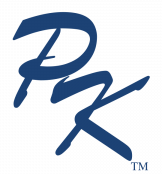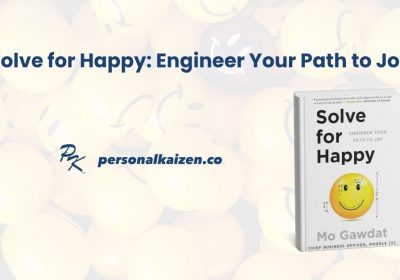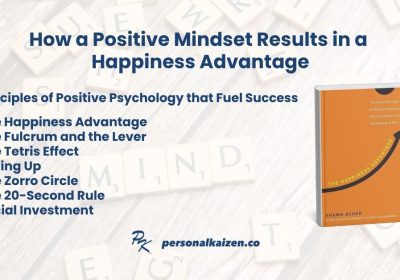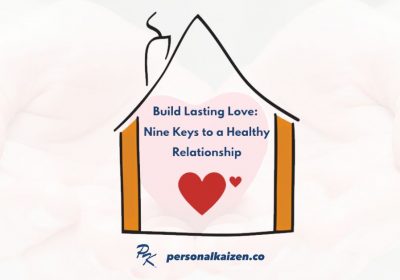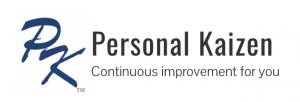FIRE is an acronym for Financial Independence, Retire Early. The idea is to work hard and save a high percentage of your income while you are young so that you can achieve FIRE financial independence to retire and live off of your savings sooner.
The key variables in FIRE include your savings rate while earning income, your estimated spending rate during retirement, and how your savings grow before and after retirement. There are many communities, blogs, videos, and websites sharing tips on the variables above. This post provides a basic description with examples.
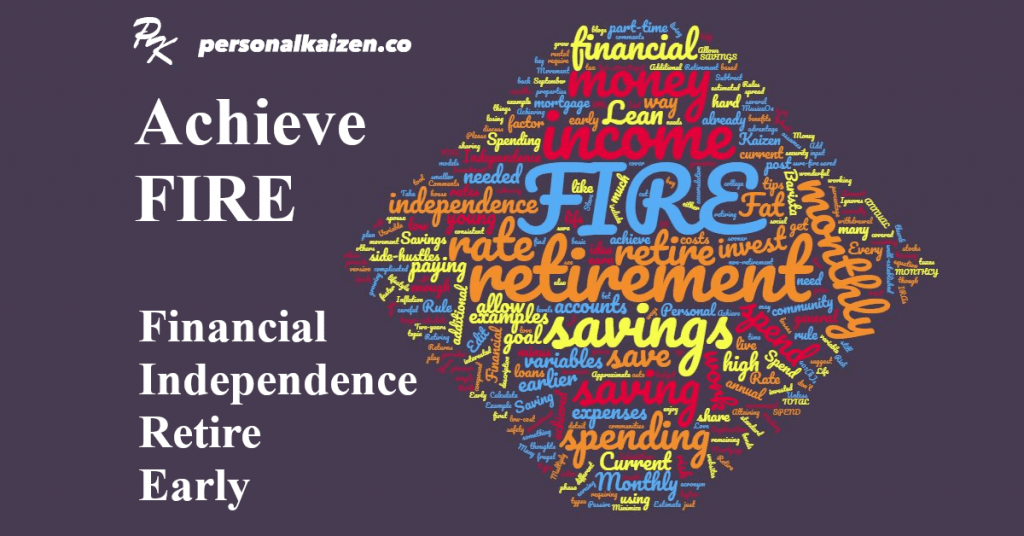
FIRE Savings Rate
The first variable in FIRE is your savings rate – the more money you can save and invest during your working years, the faster financial independence is achieved. Attaining financial independence early will require saving much more than the standard 10-15% of your income. Here are some benefits of high saving rates (assuming consistent annual spending before and after retirement):
- Two-years of saving 33% of your income will allow you to “retire” one year earlier.
- Every year you save 50% of your income will allow you to “retire” one year earlier.
- Saving 75% of income will allow you to “retire” one year earlier after just 4 months at this saving rate.
Saving at high rates when you are young is hard to do while you may also be paying off college loans and saving to buy a house. Every little bit counts though – and more so when you are young and your money has time to compound.
Investment Returns
How you invest your money is a very complicated topic and will not be covered in detail here. Here are a few general tips for those interested in FIRE:
- Unless you are a financial genius (hint, you are not), invest your money in low-cost index funds that spread your risk and have low expenses.
- Take advantage of tax-advantaged retirement accounts like 401(k)s, IRAs, HSAs, etc. Add money to Roth accounts in years when your taxes are low.
- For FIRE before age 65 you will need to invest in non-retirement accounts too (or have some other way to earn money). You can find examples of ways to do this from others in the FIRE community.
- Minimize your risk. Making a risky bet and losing your savings is a sure-fire way to not achieve FIRE.
FIRE Spending Rate
There are several well-established models of FIRE based on your spending rate during retirement:
- Fat FIRE: Allows you to “live like a king” during your retirement, with spending levels at or above your spending levels during the saving phase.
- Lean FIRE: Retiring early with a smaller accumulation of retirement income requiring a more frugal lifestyle during retirement.
- Barista FIRE: A hybrid version of Lean FIRE that assumes some income during retirement from “side-hustles” and part-time work.
The general rule of thumb for achieving FIRE is to save enough money so a 4% annual withdrawal will cover your living expenses. The remaining money (invested in stocks and bonds) will earn the 4% back in most years!
Here are a few examples of the different types of FIRE and monthly spending using the 4% rule.
| FIRE Type | TOTAL SAVINGS | 4% ANNUAL | MONTHLY SPEND |
|---|---|---|---|
| Fat FIRE | $10,000,000 | $400,000 | $33,333 |
| Fat FIRE | $4,000,000 | $160,000 | $13,334 |
| Lean FIRE | $2,000,000 | $80,000 | $6,667 |
| Lean FIRE | $1,500,000 | $60,000 | $5,000 |
| Barista FIRE | $1,000,000 | $40,000 | $3,333 + other income |
Your FIRE Financial Independence Calculations
Here is a simple way to calculate when you have enough savings to no longer work and how to get there:
- Calculate your current monthly spend rate (using a budget or tool we suggest in Rule 7.)
- Estimate your monthly spend rate during retirement. You can plan for either Fat or Lean FIRE. Be sure to factor in:
- If you will have the same housing costs or not. We recommend paying off a mortgage before retiring!
- If you will have any additional income (from rental properties, part-time work, social security, a pension, a spouse, etc. Subtract this from your monthly spend!
- Inflation. Many costs will be higher, so add a safety factor to your monthly spending to be safe.
- Multiply your monthly spend at retirement by 300. This is how much you need to save before you can “retire.”
The rest of this equation has too many variables at play to discuss in a post. We will provide one example to help you get the idea:
| Variable | Example Amount | Explanation |
|---|---|---|
| Current Monthly Spend | $7,000 | Mortgage, groceries, insurance, auto loan, etc. |
| Monthly income in retirement | $2,000 | Passive income from side-hustles |
| Retirement Monthly Spend | $4,000 | $7,000 - $2,000 minus an additional $1,000 for not paying for a mortgage and loans (ignores inflation) |
| Savings until FIRE | $1,200,000 | $4,000 above X 300 |
| Years until FIRE | 15 | This is a goal to see what needs to be saved |
| Current savings | $200,000 | Money currently in retirement accounts or other savings (not emergency savings) |
| Current savings at FIRE | $550,000 | The $200,000 in current savings growing 7% annually for 15 years |
| Additional savings needed | $650,000 | The $1,200,000 needed minus the $550,000 you already have |
| Approximate monthly savings needed | $3,600 | Ignores investment gains, tax losses, and inflation |
Achieve FIRE Financial Independence

Achieving financial independence is wonderful and should be a goal for your life. But be careful – Rule 7 of the Personal Kaizen “10 Rules for Life” is to Be Rich by Spending Money on What You Love. We still want you to enjoy your life while you are saving, so don’t cut your expenses on the things you love!
Please share your thoughts and comments about the FIRE movement below. Is this a goal for you? Is this something you have already achieved? What other input can you share with the Personal Kaizen community?
